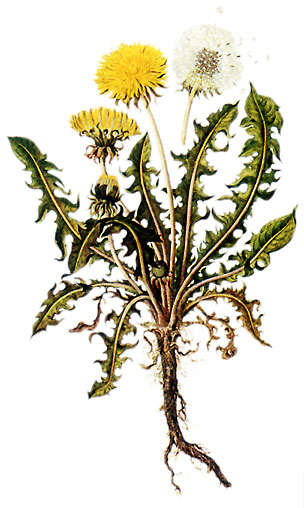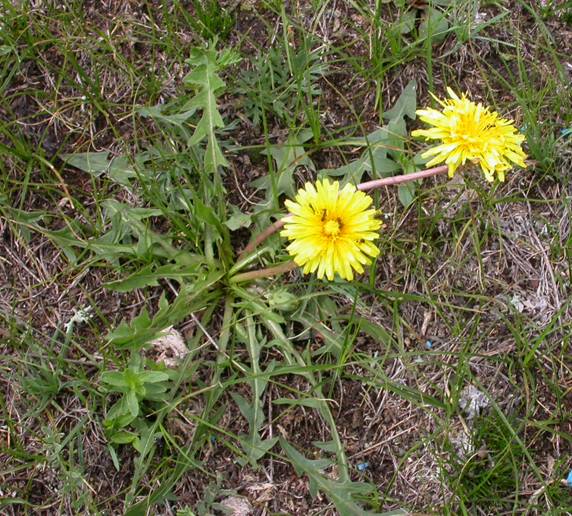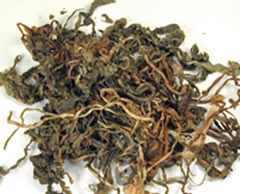Antibacterial, stomach tonic, mild laxative.[3]
- Breast abscess, carbuncles, and furuncles, with
Trichosanthes
kirilowii- Gua lou,
Fritillaria
thunbergii- Zhe bai mu, and
Commiphora
myrrha- Mo yao.
[4]
- All hot, painful, hard, and deep-rooted boils, with
Lonicera
japonica- Jin yin hua. To strengthen the effect, add
Forsythia
suspensa- Lian jiao and
Chrysanthemum
indicum- Ye ju hua. This combination is also used for Heat excess in the
Stomach or Intestines.
[4]
- Lung abscesses with purulent sputum, with
Houttuynia
cordata- Yu xing cao and
Benincasa
hispida- Dong gua ren.
[4]
- Redness and swelling of the eyes, with
Chrysanthemum
morifolium- Ju hua and
Scutellaria~baicalensis-
Huang qin.
[4]
- Subcutaneous phlegm nodules, with
Prunella
vulgaris- Xia ku cao.
[4]
- Painful urinary dysfunction, with
Desmodium
styracifolium- Jin qian cao and
Imperata
cylindrica- Bai mao gen.
[4]
[1] Barefoot Doctor's Manual- 1977 Prepared
by the Revolutionary Health Committee of Hunan Province. Original Chinese manual-
Victor W. Sidel. Originally published by Dr Joseph Quin and the Fogarty International
centre, Bethdesda (1974). Madrona Publishers Seattle Washington ISBN 0-914842-52-8
[2] A Complete English Dictionary of Medicinal Terms in Chinese Acupuncture
and Herbalism 1981- Henry Lu Chinese Foundations of Natural Health- The Academy
of Oriental Heritage, Vancouver, Canada.
[3] Translation notes from Gary Seiford and Hocu Huhn- NSW College of Natural
Therapies. Sydney Australia (1982).
[4] Chinese Herbal Medicine Materia Medica- Dan Bensky and Andrew Gamble- Eastland
Press 1986 Seattle Washington ISBN 0-939616-15-7
Images
1.
raise.suiri.tsukuba.ac.jp
Taraxasterol choline, inulin, pectin.
References
[1] Chinese Herbal Medicine Materia Medica- Dan Bensky and Andrew Gamble- Eastland
Press 1986 Seattle Washington ISBN 0-939616-15-7
 HABITAT:
HABITAT:
 Taraxacum
mongolicum. 蒲
公 英 Pú gōng yīng Dandelion Family: Asteraceae
Taraxacum
mongolicum. 蒲
公 英 Pú gōng yīng Dandelion Family: Asteraceae

 HABITAT:
Found growing along village outskirts, embankments and damp roadsides.
HABITAT:
Found growing along village outskirts, embankments and damp roadsides.